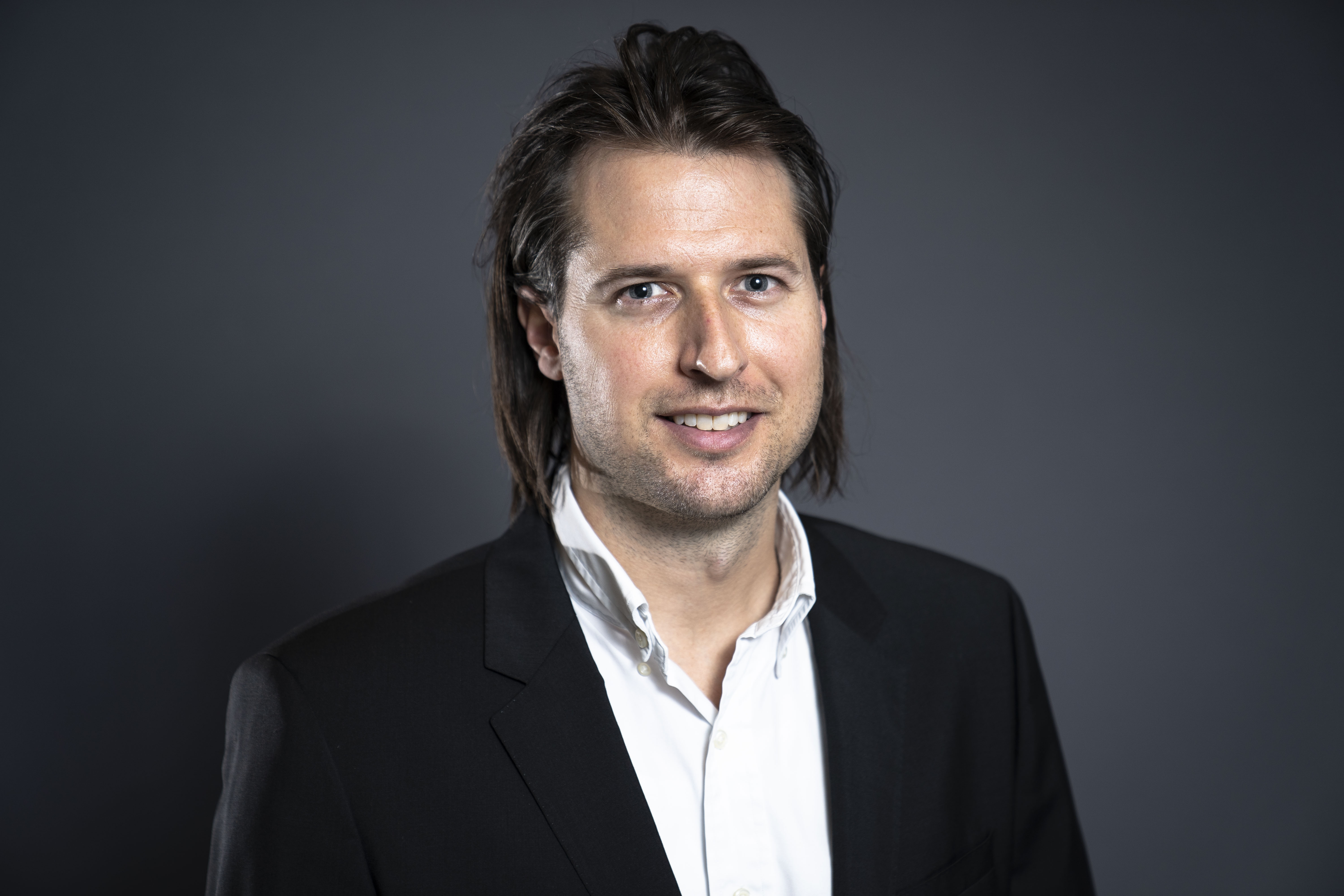Jon Spangenberg
Research leader

Project title
The digital engine for 3D printing
What is your project about?
Volumetric additive manufacturing (VAM) is a newly discovered polymer 3D printing technology that has the potential to enable free form fabrication of defect free components in the matter of seconds. However, the fantastic potential of this manufacturing approach can only be full-filled by advancing the theoretical knowledge about the process. The ultimate ambition of this project is to develop the very first multi-physics model (aka digital twin) that simulates VAM in order to obtain a virtual window into the process and thereby improve the physical configuration of the printer as well as optimize the applied printing strategies. Achieving this will result in a digital engine that is going to rock our understanding of the applicability of process modelling and have reverberations that will echo out to other additive manufacturing processes.
How did you become interested in your particular field of research?
Since primary school, I have been fond of mathematics and physics. My interest in computers started in high school, but was accelerated when I started at the university. Here, I gravitated towards the more theoretical classes, where we developed computer models that described different physical phenomena. During my PhD and Postdoc, I primarily made multi-physics models of manufacturing processes, but I was also introduced to the experimental side of research. My fascination with 3D printing and the geometrical freedom that the processes enables started 6 years ago, and the combination of 3D printing and multi-physics modelling is now the theme of most of the projects that I am involved in.
What are the scientific challenges and perspectives in your project?
Two of the central scientific challenges of the project are: 1) to couple the right physics in the computer model, so it will give a good representation of the VAM process; and 2) to make the model sufficiently fast to obtain optimized printing strategies that will enable prints with high geometrical precision. If we reach the goals outlined in the project, we will be able to print components in seconds instead of hours, which is the case for other 3D printing processes. Achieving this will make the manufacturing technology extremely attractive for a wide range of industries such as the healthcare industry.
What is your estimate of the impact, which your project may have to society in the long term?
In recent years, 3D printing has attracted an increased attention from several industries, as it can produce complex geometries, and it comes with a promise of reducing the material usage without compromising the strength of components. However, current state-of-the-art for achieving high fidelity 3D printed components is at large driven by a heuristic approach where trial-and-error procedures are applied, which is detrimental for the applicability of 3D printing. The vision of my research group is to illuminate a new pathway where virtual copies of the real world serve to advance the workflow of 3D printing technologies and thus propel the manifestation of process knowledge to the industry.
Which impact do you expect the Sapere Aude programme will have on your career as a researcher?
I am very honored to be a part of the Sapere Aude-program. The project will provide me the exciting opportunity to advance a brand new 3D printing technology that has the potential to revolutionize polymer processing. Furthermore, the grant ensures that I can permanently anchor my research group at DTU, which focus on the theoretical aspects of 3D printing. Lastly, the project will allow me to start collaborating with a professor from ETH Zürich and continue working with a professor from IIT Bombay.
Background and personal life
I am living in Lyngby with my lovely wife and our two wonderful kids who are 3 and 6 years old. I love spending time with my family and I especially enjoy walking around Lyngby lake or in the nearby forest. Currently, I am teaching my youngest to ride a bike and my oldest recently found interest in joining me when going running, which I highly appreciate. My hobbies include playing soccer and padel tennis with my friends, as well as listen to online lectures by renowned physicists theorizing about the cosmos.
View all research leaders here
Research institution
Technical University of Denmark, Department of Mechanical Engineering, N/A
Research field
3D Printing
City of your current residence
Lyngby-Taarbæk kommune
High school
Virum Gymnasium
